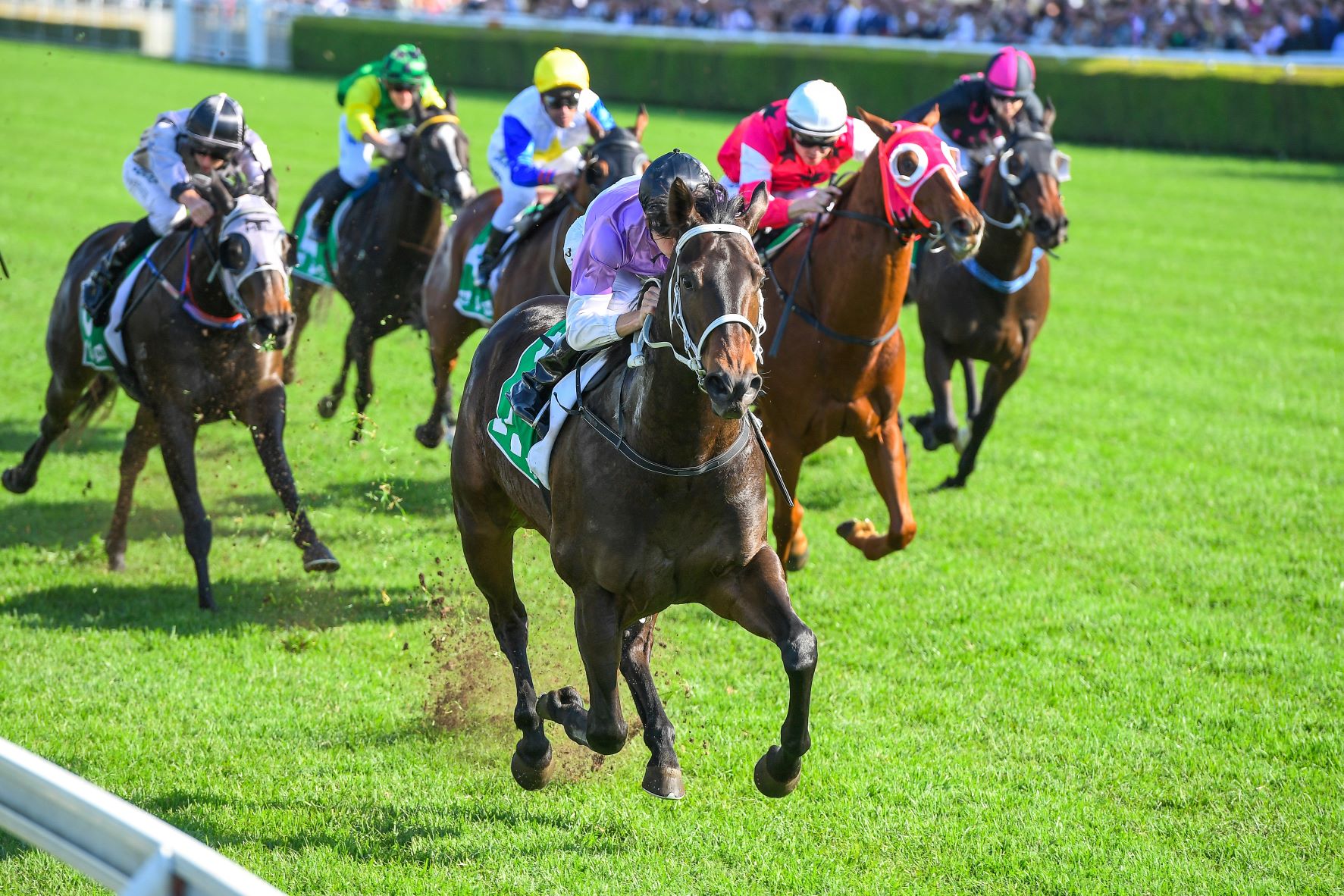Telstra Broadcast Services Successfully Trials Live Broadcast Contribution Over 5G
Telstra’s 5G Network Slicing technology was used for Network Ten’s live coverage of horse racing

MELBOURNE, Australia—Telstra Broadcast Services (TBS) has announced a successful trial of its 5G Standalone Network Slicing technology with leading Australian broadcaster Network Ten.
The test was designed to see how this technology could support Network Ten's live coverage of the Flemington Spring Racing carnival. Telstra’s 5G Network Slicing technology provides a video, audio and data connection that combines the low cost and availability of Telstra’s broad mobile network with the high-quality transport required to deliver live television, the companies said.
“Telstra’s Standalone Network Slicing trial at the iconic Spring Racing Carnival has again showcased our leadership in 5G, in a real-world setting, for the delivery of live television,” said head of APAC, Telstra Broadcast Services, Karen Clark. “So far, we have operated the trial successfully for Derby Day and The Melbourne Cup, clearly demonstrating the effectiveness of 5G Network Slicing for uplink of live, premium video feeds. We’re excited that this trial has been able to offer our media and broadcast customers the opportunity to produce high bandwidth, low latency television from a congested venue, without the need for traditional wired infrastructure.”
The Spring Racing Carnival, held in Melbourne, is the premier racing event in Australia, the companies explained. It covers four days of racing including Victoria Derby Day, Melbourne Cup, followed by Oaks Day and culminating in Champion Stakes Day and provides a great opportunity to explore the challenges and benefits for mobile media contribution. The large venue requires wireless cameras combined with the challenge of transmitting video signals of a fast-moving sport. Crowds of up to 5,000 create congestion on the network and the high-pressure environment of live television demands rugged and reliable technology.
Telstra’s trial setup was located within the Outside Broadcast precinct at Flemington Racecourse. It used a 5G modem and external antenna connected to a local mobile network cell powered by Ericsson that supports 5G Standalone (SA) with network slicing and radio resource partition.
Vice president of technology, Paramount Australia and New Zealand, Dean Wadsworth, explained that: “We are delighted to partner with Telstra on this project as it gives us further insight into the potential for 5G network slicing for live production. The success of the trial we conducted at the Spring Racing Carnival demonstrates that coverage of live events can be enriched with reliable links from roving crews, which can be more cost effective. We look forward to exploring this technology with Telstra in future.”
Following the successful conclusion of this technical trial, Telstra said it will look at opportunities to extend the service to other customers, venues, and media contribution use-cases around the world.
Get the TV Tech Newsletter
The professional video industry's #1 source for news, trends and product and tech information. Sign up below.
George Winslow is the senior content producer for TV Tech. He has written about the television, media and technology industries for nearly 30 years for such publications as Broadcasting & Cable, Multichannel News and TV Tech. Over the years, he has edited a number of magazines, including Multichannel News International and World Screen, and moderated panels at such major industry events as NAB and MIP TV. He has published two books and dozens of encyclopedia articles on such subjects as the media, New York City history and economics.

